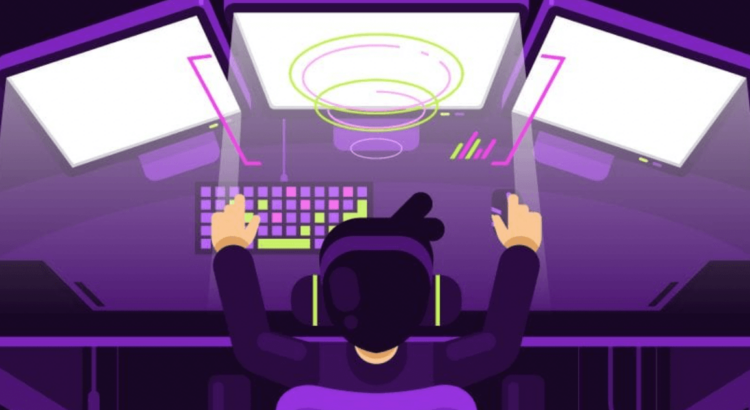In the past decade, online gaming has shifted from a niche interest to a global profitable phenomenon. Recent statistics reveal that the online gaming industry is worth $20 billion and is continuing to grow at a rapid pace.
The rise of affordable mobile technology and an abundance of free games has driven this growth, with around half of all gamers now preferring to play online games on their smartphones or tablets.
As such, there has never been a better time to launch an online gaming website as a business venture. But while many people will have the inclination to start up an online gaming website in their spare time as a hobby, if you want it to be profitable as a business venture, you’ll need more than just passion for video games.
Here are 5 steps to making a profitable online gaming website:
Step 1: Research your market and set goals
Before you start any development or design work on your site, it’s important to take the time to research the market and set some goals for what you want to achieve with your site. This will help you decide on the features your site should include and how you can differentiate it from your competitors.
First, you’ll need to understand who your potential customers are and what their pain points are. The best way to do this is to ask gamers what they look for when they play online games, what problems they experience and what they wish they could have.
Try to get as many different perspectives as possible, and don’t be afraid to talk to people who don’t share your interests—they may have insights that other gamers don’t.
Step 2: Build a website with a gamer-friendly interface
The next step is to build a website that is both appealing to your users and easy for you to manage. The first thing you’ll want to do is select a hosting service for your site.
There are many hosting providers to choose from, and it’s important that you select one that is reliable and has the capacity to scale with your business as it grows. You’ll also need to select a domain name for your site and a CMS to build your site’s content management system.
The CMS you select should be easy to navigate and intuitive to use—you don’t want to spend all your time on the back end of your site when you should be engaging with your users.
A user-friendly CMS will help you build engaging and interactive content that is easy to update, which is important if you plan to update your site regularly with new content.

Step 3: Create unique and engaging content for your site
Once you have a website with a functional CMS, the next step is to create unique and engaging content for your site. The type of content you create should be tailored to meet the needs of your target audience and provide them with value.
For example, if your target audience is people who enjoy gaming competitions, you could post videos of recent competitions, allow users to comment on them, and offer them an opportunity to discuss strategies with each other.
This will not only provide your users with valuable content, but will also allow you to gather insights about what type of content your audience wants—and give them the opportunity to engage with your site.
Step 4: Promote your site to build user engagement
Now that you have created a website with engaging and useful content, it’s time to let your target audience know about it. You can’t just put your website online and expect people to find it—you must actively promote it to get the word out.
There are many ways you can promote your site, but remember that quantity doesn’t always rule over quality. Focus on promoting your site in the right places and with the right strategies, and you’ll find that your time and effort is well spent. Some of the best places to promote your site are on social media and gaming forums.
Step 5: Monitor and refine based on user behavior
Finally, you’ll want to monitor how your users interact with your site and use that information to refine your site and increase engagement further.
Tracking your users’ behavior will allow you to see what pages they’re visiting, how long they’re staying on your site, and what they’re clicking on. Armed with this information, you can make adjustments to your site to encourage more visitors to stay longer and engage more frequently.
For example, if you notice that a lot of your visitors are dropping out of your site after viewing one specific page, you may want to consider adding more information on that page to keep them engaged and make that page profitable.
Conclusion
Online gaming is something that has become increasingly popular over the last few years. The rise in the number of people who play online games is growing at a rapid rate and with this comes an opportunity for those looking to set up their own online gaming website.
There is a lot of work involved in creating an online gaming website, but if you follow our expert advice and implement these 5 tips, you can make a profitable gaming website in no time.




